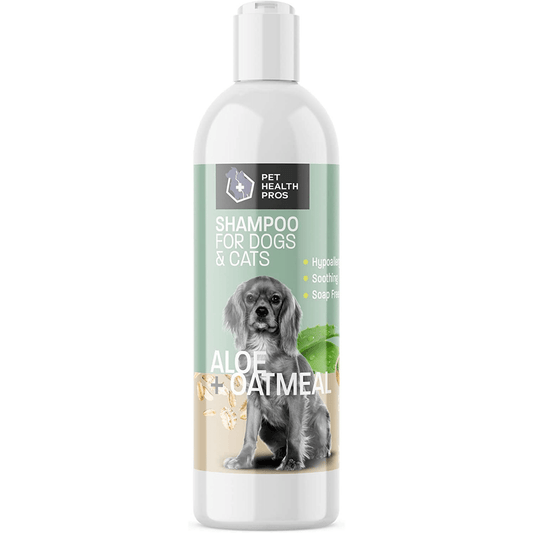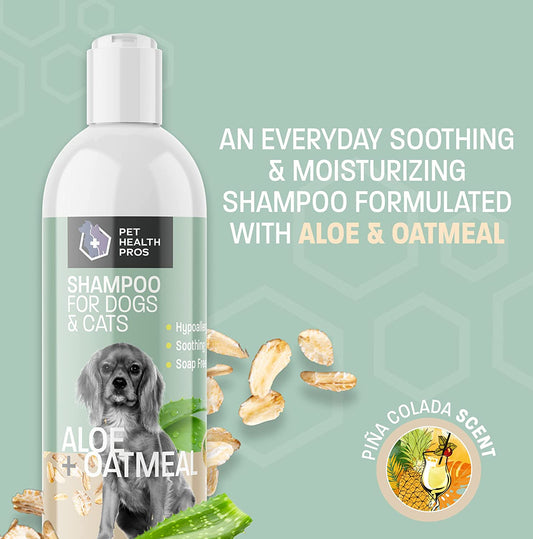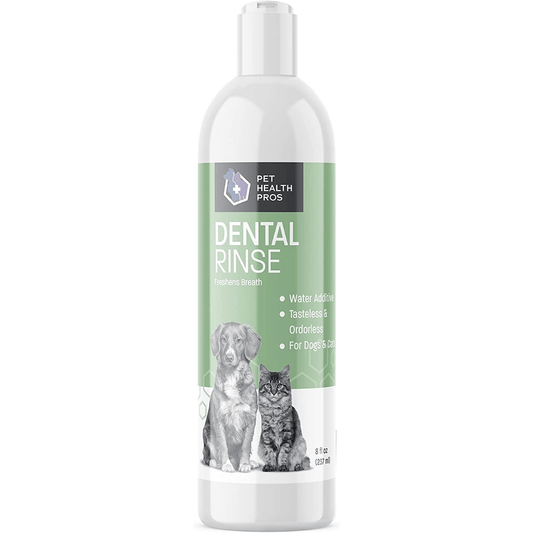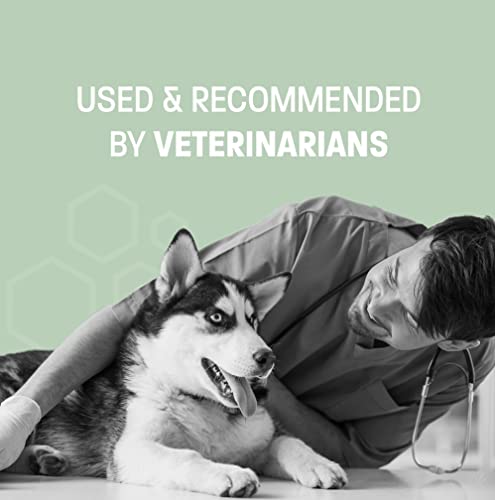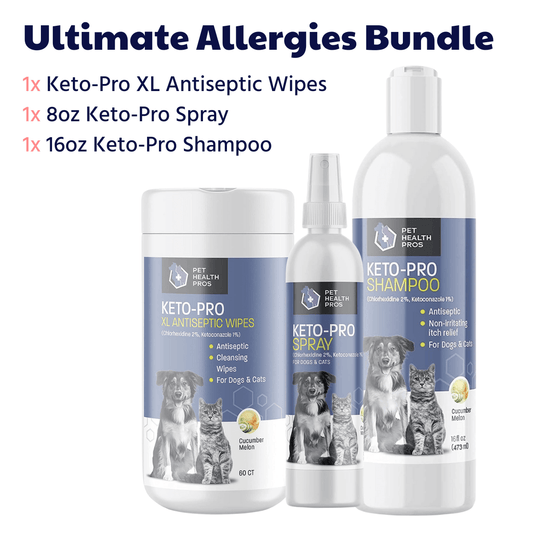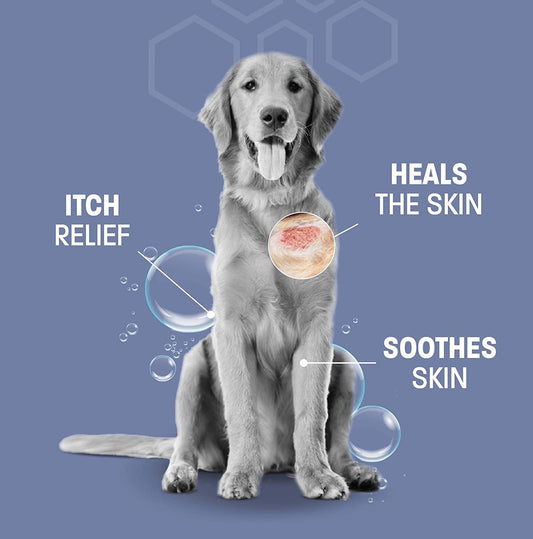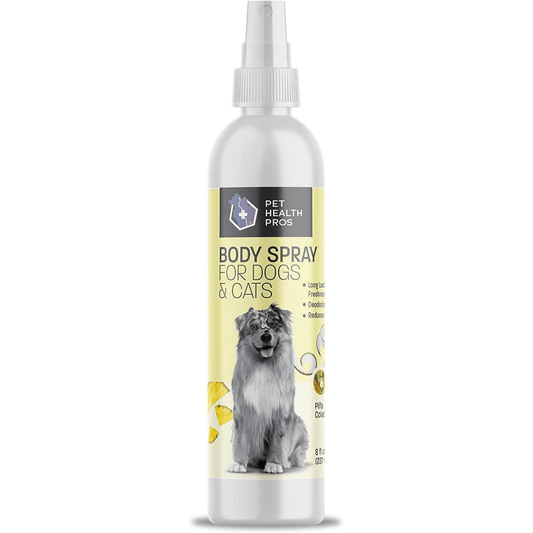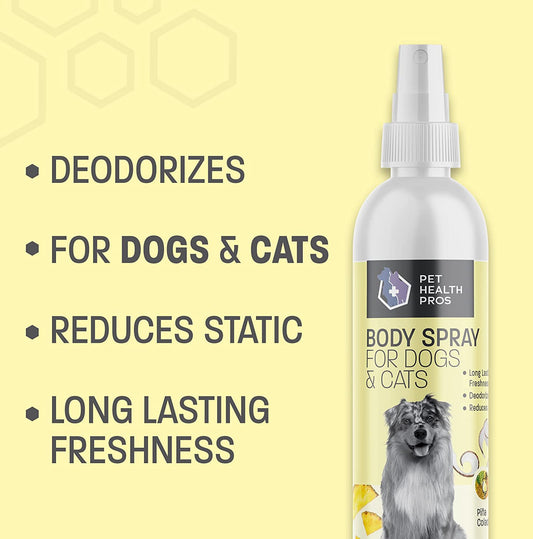Choosing the best dog chewing repellent is essential for ensuring the safety and well-being of your furry friend. With a variety of products available, it's important to understand the key factors that make a repellent effective and safe. This guide will help you navigate through the options and make an informed decision.
Key Takeaways
- Understanding the reasons behind your dog's chewing behavior is crucial for selecting the right repellent.
- Natural ingredients are generally safer but may vary in effectiveness compared to synthetic ones.
- Proper application techniques and frequency of use are essential for the repellent to work effectively.
- Always consider veterinarian recommendations and potential side effects when choosing a repellent.
- Combining repellents with positive reinforcement training can yield the best results.
Understanding the Need for Dog Chewing Repellent
Dogs have a natural instinct to chew, which can sometimes lead to destructive behavior. Understanding why dogs chew is crucial in addressing this issue effectively. Chewing can be a sign of boredom, anxiety, or even teething in puppies. By identifying the root cause, pet owners can take appropriate measures to mitigate this behavior.
Unchecked chewing can pose several dangers to both the dog and the household. Dogs may chew on electrical cords, which can lead to severe injuries or even fatalities. Additionally, ingesting non-food items can cause gastrointestinal blockages, necessitating emergency veterinary care. Therefore, using a dog chewing repellent can be a preventive measure to ensure the safety of both the pet and the home.
Behavioral insights reveal that dogs often chew to relieve stress or to explore their environment. Providing alternative chewing solutions, such as chew toys, can help redirect this behavior. However, for more persistent cases, the targeted use of no chew spray can be highly effective. This approach not only protects household items but also promotes healthier chewing habits in dogs.
It's essential to combine the use of repellents with proper training techniques to achieve the best results. This holistic approach ensures that the dog learns what is acceptable to chew on and what is not, thereby fostering a safer and more harmonious living environment.
Key Ingredients to Look for in a Dog Chewing Repellent
Natural vs. Synthetic Ingredients
When choosing a dog chewing repellent, it's essential to understand the difference between natural and synthetic ingredients. Natural ingredients, such as citrus extracts and vinegar, are often preferred by pet owners who seek eco-friendly options. On the other hand, synthetic ingredients can be more potent but may come with additional risks. Always check the label to ensure the product is safe for your pet.
Effectiveness of Bitter Agents
Bitter agents are commonly used in dog chewing repellents due to their effectiveness. Ingredients like bitter apple and bitter cherry are popular choices. These agents work by creating an unpleasant taste that discourages dogs from chewing on treated items. It's important to note that the effectiveness can vary from one product to another, so you may need to try a few to find the best one for your pet.
Safety Considerations
Safety should be a top priority when selecting a dog chewing repellent. Look for products that are non-toxic and free from harmful chemicals. It's advisable to consult with your veterinarian to ensure the product is safe for your specific pet. Additionally, some products are crafted in collaboration with veterinarians, which can offer an extra layer of assurance. Always follow the manufacturer's instructions for application to avoid any potential side effects.
When in doubt, opt for products that are backed by a 100% satisfaction guarantee. This can provide peace of mind and ensure you are making a safe choice for your pet.
How to Apply Dog Chewing Repellent Effectively
Preparation Steps
Before applying any dog chewing repellent, it's crucial to prepare the area and your dog. Ensure the area is clean and free of any debris. This will help the repellent adhere better and be more effective. If you're using a spray, simply shake well and apply directly to the desired area. It dries quickly, leaving no residue behind. Training aid: bitter apple spray is positioned as a helpful tool in this process.
Application Techniques
When applying the repellent, make sure to cover the entire area that your dog tends to chew. For sprays, hold the bottle about 6 inches away from the surface and spray evenly. For gels, use a cloth or your hand to spread a thin layer over the area. Be consistent with your application to ensure the best results.
Frequency of Use
The frequency of application depends on the product and the severity of your dog's chewing behavior. Generally, it's recommended to reapply the repellent every 24-48 hours, or as directed by the product instructions. Regular application is key to deterring your dog from chewing on the treated areas.
Consistency is crucial when using dog chewing repellents. Regular application and monitoring can significantly reduce unwanted chewing behavior.
Evaluating the Safety of Dog Chewing Repellents
Veterinarian Recommendations
When choosing a dog chewing repellent, it's crucial to consider veterinarian recommendations. Veterinarians can provide insights into the most effective and safe products based on their professional experience. Consulting with a vet ensures that the chosen repellent is suitable for your dog's specific needs and health conditions.
Potential Side Effects
While repellents are designed to deter chewing, some dogs may experience adverse reactions. Common side effects include skin irritation, allergic reactions, or gastrointestinal issues if ingested. It's essential to monitor your dog closely after applying a new repellent and discontinue use if any negative symptoms appear.
Long-term Use Implications
Long-term use of dog chewing repellents should be approached with caution. Over-reliance on these products can lead to a lack of behavioral correction, as dogs might become dependent on the repellent rather than learning what is acceptable to chew. Additionally, some ingredients may have cumulative effects that could impact your dog's health over time.
Always prioritize your dog's well-being by combining repellents with proper training and positive reinforcement techniques. This holistic approach ensures a healthier and more effective solution to unwanted chewing behaviors.
Comparing Different Types of Dog Chewing Repellents
Sprays vs. Gels
When choosing between sprays and gels, it's essential to consider the application method and the specific needs of your dog. Sprays are generally easier to apply over larger areas, making them ideal for furniture or large surfaces. Gels, on the other hand, can be more effective for targeted applications, such as on shoes or small objects. Both types have their pros and cons, but the choice largely depends on your dog's chewing habits and the areas you need to protect.
Homemade vs. Commercial Products
Homemade repellents can be a cost-effective solution, often using ingredients like vinegar or citrus. However, their effectiveness can vary, and they may not be as long-lasting as commercial products. Commercial repellents, crafted with the expertise of veterinarians and using high-quality ingredients, tend to offer more consistent results. They are also backed by satisfaction guarantees, providing peace of mind for pet owners.
Brand Comparisons
When comparing brands, it's crucial to look at factors such as ingredient quality, effectiveness, and customer reviews. Brands like Pet Health Pros, a U.S.-based company, collaborate with veterinarians to create superior pet health supplies. They use locally sourced, top-grade ingredients and offer a 100% satisfaction guarantee. This commitment to quality and customer satisfaction sets them apart from other brands in the market.
Choosing the right dog chewing repellent involves understanding your dog's specific needs and preferences, as well as evaluating the quality and effectiveness of the product.
Customer Reviews and Testimonials
Success Stories
Many pet owners have shared their success stories after using dog chewing repellents. For instance, one customer mentioned how their dog stopped chewing on furniture within a week of using a particular spray. Another user highlighted the effectiveness of a gel-based repellent in preventing their puppy from gnawing on shoes. These testimonials often emphasize the quick results and ease of application.
Common Complaints
While many reviews are positive, some customers have noted common complaints. A frequent issue is the short-lived effectiveness of certain repellents, requiring frequent reapplication. Others have mentioned that their dogs seemed to get used to the taste over time, reducing the product's efficacy. It's important to consider these points when choosing a repellent.
Expert Opinions
Veterinarians and pet behaviorists often provide expert opinions on the best dog chewing repellents. They generally recommend products with natural ingredients and those that have been tested for safety. Experts also advise combining repellents with training techniques for the best results. Reading what verified customers have to say about the natural flea and tick control repellent for dogs and cats from BioPower Pet can also provide valuable insights.
Tips for Training Your Dog Alongside Using Repellents
Using dog chewing repellents can be an effective way to protect your belongings, but combining them with proper training techniques ensures long-term success. Here are some tips to help you train your dog while using repellents.
Positive Reinforcement Techniques
Positive reinforcement is a powerful tool in dog training. Reward your dog with treats, praise, or playtime whenever they exhibit good behavior, such as chewing on their toys instead of furniture. This encourages them to repeat the desired behavior.
Consistency in Training
Consistency is key when training your dog. Make sure everyone in the household is on the same page and follows the same rules. This helps prevent confusion and reinforces the training. For example, if you don't want your dog to chew on shoes, ensure that all family members keep their shoes out of reach and discourage the behavior uniformly.
Alternative Chewing Solutions
Provide your dog with plenty of appropriate chewing options. This can include a variety of chew toys, bones, and dental chews. By offering these alternatives, you can redirect your dog's chewing behavior away from your belongings.
Combining repellents with training not only protects your items but also helps your dog develop good habits. Remember, patience and persistence are essential in achieving the best results.
Training your dog can be a rewarding experience, especially when combined with the right repellents to ensure a safe and effective process. For more expert tips and a wide range of pet health products, visit our website today!
Conclusion
Choosing the best dog chewing repellent requires careful consideration of various factors, including the ingredients, effectiveness, and safety of the product. Pet Health Pros, a U.S.-based company with over fifty years of combined experience in Veterinary Medicine and Animal Health Management, offers expertly crafted solutions made with top-grade, locally sourced ingredients. Our products are developed in collaboration with veterinarians to ensure the highest quality and effectiveness. Backed by a 100% satisfaction guarantee, Pet Health Pros is committed to providing superior, affordable pet health supplies that cater to the evolving needs of pets and their owners. By prioritizing the well-being of pets and leveraging our deep industry knowledge, we strive to deliver trusted health solutions that enhance the lives of pets and reassure their owners. For more information and to explore our range of products, visit our online store or our Amazon storefront.
Frequently Asked Questions
What is the primary reason dogs chew on household items?
Dogs often chew on household items due to boredom, teething, anxiety, or a lack of appropriate chew toys.
Are natural ingredients in dog chewing repellents more effective than synthetic ones?
Both natural and synthetic ingredients can be effective. The key is to choose a product with proven bitter agents and ensure it is safe for your pet.
How often should I apply dog chewing repellent?
The frequency of application depends on the product. Generally, it should be reapplied every few days or as directed by the manufacturer to maintain its effectiveness.
Can dog chewing repellents cause any side effects?
Most dog chewing repellents are safe when used as directed. However, some dogs may have sensitivities, so it's important to monitor your pet for any adverse reactions.
What are some alternative solutions to using dog chewing repellents?
In addition to repellents, providing appropriate chew toys, engaging in regular training, and using positive reinforcement techniques can help manage your dog's chewing behavior.
How can I ensure the dog chewing repellent I choose is safe for my pet?
Look for products that are veterinarian-recommended, made with safe ingredients, and have positive customer reviews. Always follow the manufacturer's instructions for use.


